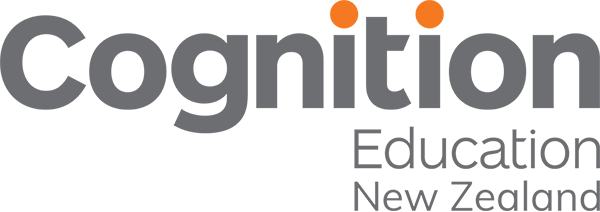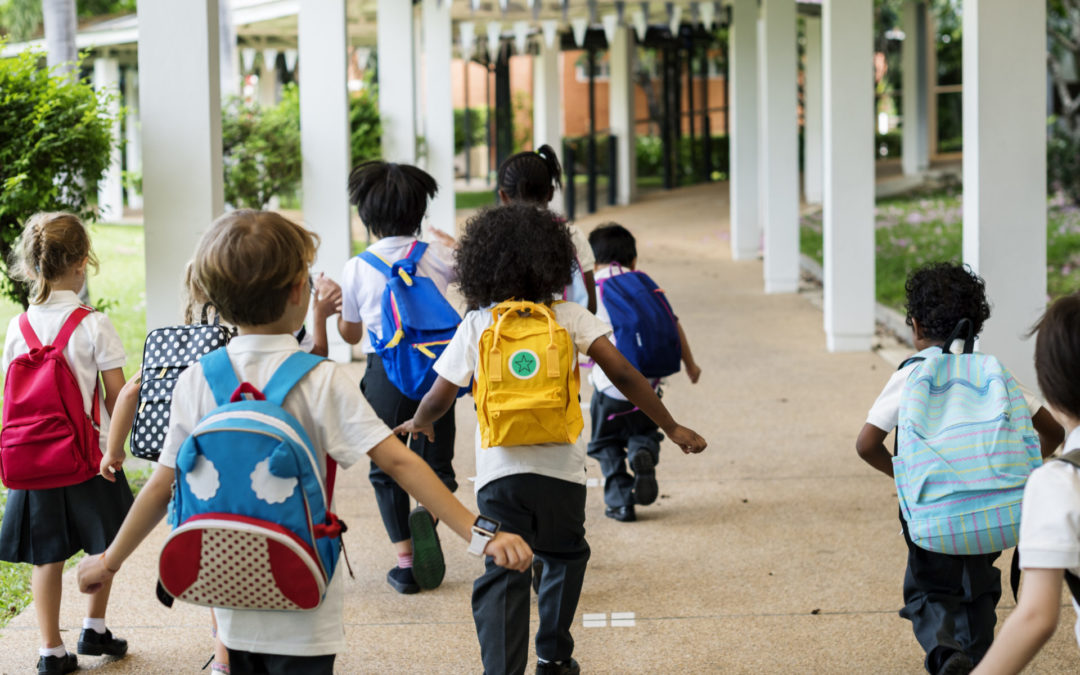As we move down the COVID-19 Alert Levels our schools will slowly return to being a place where, once again, learners and teachers occupy the same physical space. The Christchurch educational experience can provide some insights and guidance as to what this might, or could, look like.
Over the last decade Christchurch has had more than its fair share of serious crises that have all affected the educational landscape. From the Quakes to the Port Hills Fire to March 15 and, most recently, the global COVID-19 pandemic. The suggestions below were born out of being a Principal at a school, in Christchurch, through some of these events. These tragedies have provided the opportunity for educators to reflect and recalibrate how we care for the well-being of our learners.
There is always the possibility of another crisis at some time in the future, this may occur on a local, regional, national or international level and will impact on our schools and school communities. The nature of the COVID-19 situation might result in a dance where schools are closed, re-open and then close again, resulting in ebbs and flows to student learning. Therefore we need to reflect on how well prepared we are to care for the anxieties that these events cause.
As we return to our schools, it is a good time to reflect on how we plan to ensure that relationships are reformed, strengthened and, where necessary, recalibrated.
Learners and staff will be returning having had significantly different experiences during the lockdown, and with a wide range of reactions to the pandemic. The effect on individuals will be diverse, some will transition back to school easily, some will struggle, and some will have anxieties that will manifest themselves after physical school resumes. Schools need to be geared up to deal with this transition phase in a way that supports all and enables as smooth a return to school as possible.
The Temptation
The strong temptation will be to return to ‘normal’ as soon as possible. To get back on timetable and to get back into learning. The intent here is to give structure and normality to our learners and staff and with that normality a feeling of security. This is laudable but there is a fine line between getting back to learning as normal and pausing to check that we are all OK. Pausing to restore relationships, to reconnect and pausing to ask ourselves whether we need to implement anything now to enable us to assist in protecting the well-being of our learners in the short, mid and long term.
The Three Stages
What follows are three pause actions that can be easily implemented, are easy to maintain and sustain, are immediate and, hopefully, can easily become part of the new ‘normal’ school day. They are designed to enable a school to pause and reflect as a community on recent events. They are also a systematic way of checking on the well-being of all in the short, mid and long term.
1. Reaching Out
It is important that we assist our learners to not fall into a powerless ‘victim’ mindset. This will have a negative effect on their wellbeing and have a potentially damaging effect on their ability to easily re-establish their ability to operate as fully functioning learners. A suggestion is to take the first morning back as an ideal opportunity to reconnect and empower, to establish a tone of care.
As you come back together as a community it is important to have the opportunity to reflect on what has happened to everyone in the community and this can be done in a very positive way, a way that empowers the learners and gives them a chance to take control. A chance to lead and reach out to the community.
In the immediate aftermath of the March 15 shootings, it was the school students of Christchurch who helped set the tone of kindness and love that dominated the region’s response. Throughout the region, the learners stepped up and reached out with acts of kindness and love.
Take the time in the first morning as a school to come together to say ‘thanks’ to all those who have been on the front line.
How?
- Get the learners baking in the school’s Food Tech space to make treats [scones, muffins] that can be delivered to the police, medical centres, vets, supermarkets etc.
- Get the learners making ‘thank you’ cards to deliver to the local supermarkets, police etc.
- Get learners to write poems, and letters that can also be delivered.
- Get learners to make a ‘thank you’ video. This example is the work of a group of learners at Rolleston College responding to March 15.
- Get a group of learners to run a competition to design a T-shirt that can quickly be produced and sold with the profits being donated.
The essence here is to give the learners a voice. Don’t run a mufti day or a donation activity but seize the opportunity to give learners a genuine voice, where they can reach out to the community and say ‘thanks’. It is empowering and positive. It is a positive way of coming together again and also allows the learners to deal with the emotions that they may be bottling up inside.
Some will create music or a video and some will draw a unicorn saying ‘thank you’. It doesn’t matter what they choose to do, what matters is the school coming together as a community and saying ‘thank you’.
It is the chance for the learners to be community leaders and engage with their community. It also allows for relationships to be reformed in a positive and empowering way. It need only take up the first morning and is therefore time restricted.
2. Check and Connect
Another immediate and easy way of managing the transition is to introduce a Check and Connect approach to your school’s version of tutor or form time.
This is where the class sits in a circle to share. I have seen some classes sit on chairs in a room, others have found a space in a corridor to sit on the floor, the important thing is the circle. Each member then has a turn to say how they are and what’s on top for them.
Not everyone will immediately feel comfortable with this. Give it time you will be surprised that, when it becomes a regular feature of the day, learners will access it when they need to. What it does do is it normalises talking about your feelings in a group situation and listening to the voices of others.
It will increase empathy and an understanding of how the different members of the group are feeling and coping. It is intended as a regular check in.
For learners who don’t want to talk they can use a thumbs up /down or sideways to indicate how they are feeling.
It is a powerful way to reconnect and clear the air. It is a pause where we can get used to listening to each other in a non-judgemental way. You will be surprised at how much laughter, honesty and sharing goes on once the protocols have been established. Protocols like: one speaker at a time, you don’t have to speak but you do have to listen etc. Please keep to just a couple of protocols.
We adapted the feelings tree into our own version [see below] and this helped the less confident speakers as they could identify who they were on the tree and why. It helped learners to identify changes in their hauora by saying where they were last week, how they have changed and why they have changed their position on the tree.

3. Pits and Peaks
This follows on from the concept of Check and Connect. The next step is to introduce a Pits and Peaks circle, maybe weekly. This is where learners specifically identify what has been their peak for the week and their pit. This is more specific and therefore leads on from Check and Connect. Many will talk about their learning, others about what is going on in their lives. This is an opportunity for some to celebrate achievements and some to seek help and advice.
Again, it empowers learners to express themselves and develop empathy. It is also a way of ensuring that there is a regular check on individuals well-being during this transition time and beyond. All three are positive ways of empowering learners who have gone through a time of heightened anxiety and will need to feel that they can make a difference and be able to help themselves and others.
The names Pits and Peaks and Check and Connect are not important and should be personalised for each school context.
It is interesting to note that this particular school was able to continue these well-being checks during the lockdown by developing an online version that enabled the connections to be maintained. The fact that the learners were familiar with the concepts and the language meant that the checking process was able to continue despite the lack of a physical presence.
We all know that learners engage if they feel cared about and involved; if they feel valued. So it is hardly surprising that the need to create a climate of care has dominated a significant amount of the discussion around the planning of on-line material, it will be just as, if not more, important as they transition back to school. The need to check on well-being and to just connect will be vital if our learners are to successfully manage the return to physical school. Our learners will be returning to their physical schools sometime in the not too distant future, we need to make sure that we are ready to ease them back into their space.
If you want assistance in implementing a school-wide transition back to physical school then please contact us.
Steve was interviewed by Radio New Zealand about the importance of protecting the mental health and wellbeing of students as they transition back into the school environment. Listen to or read the full interview.

